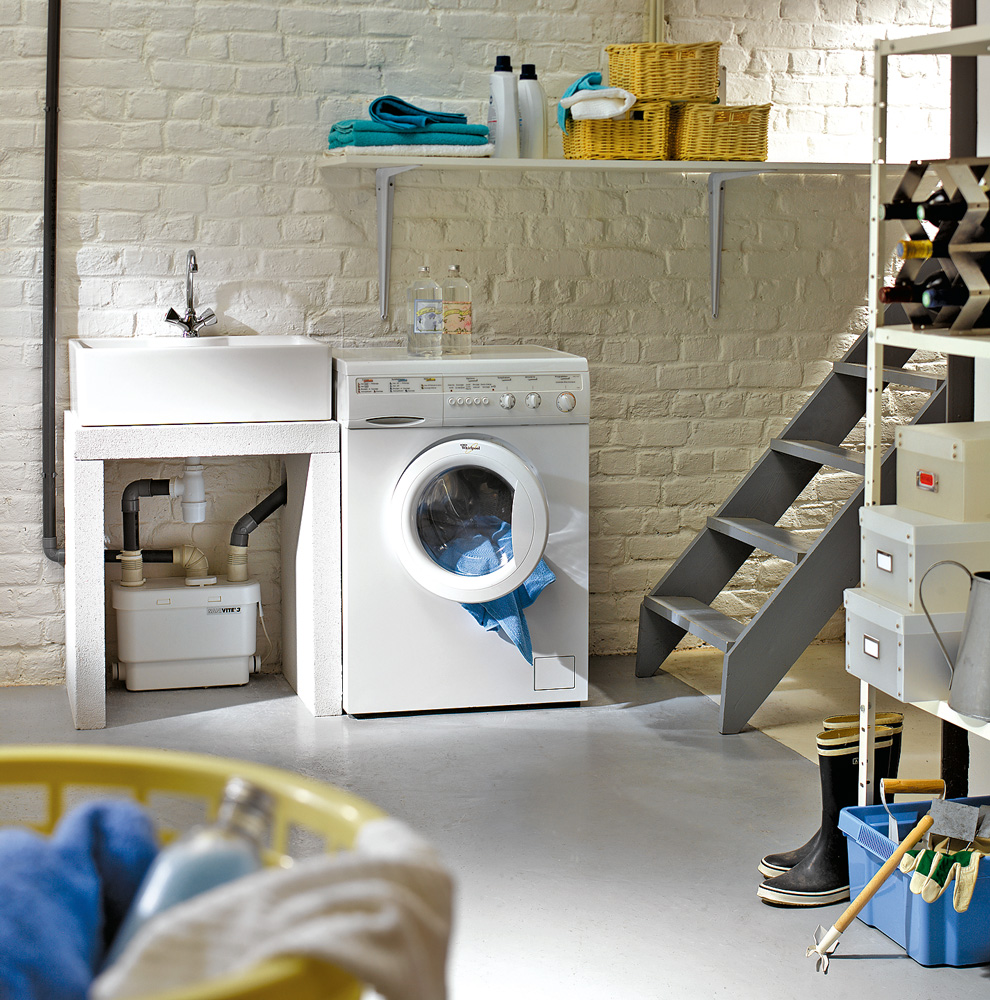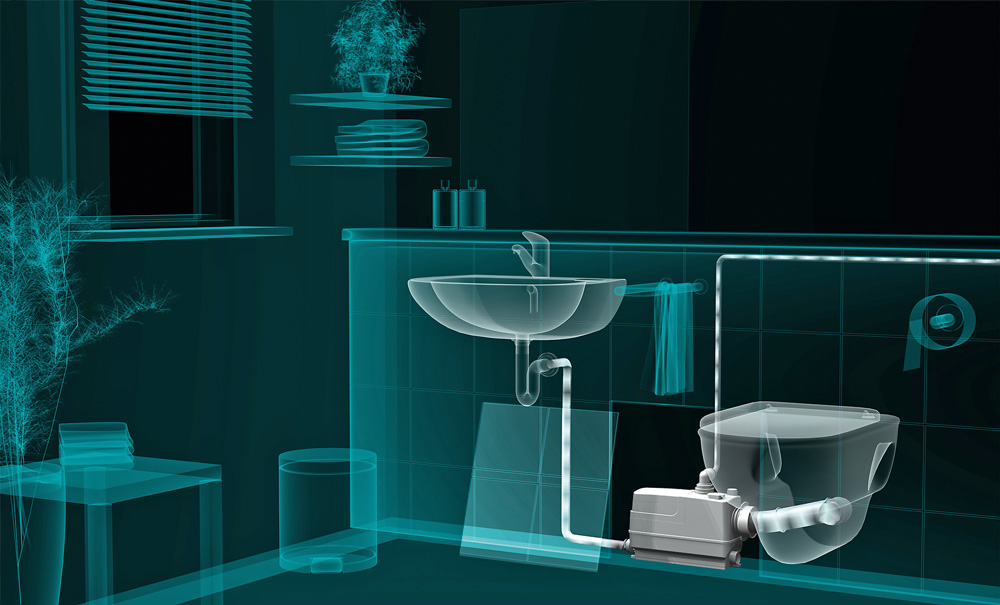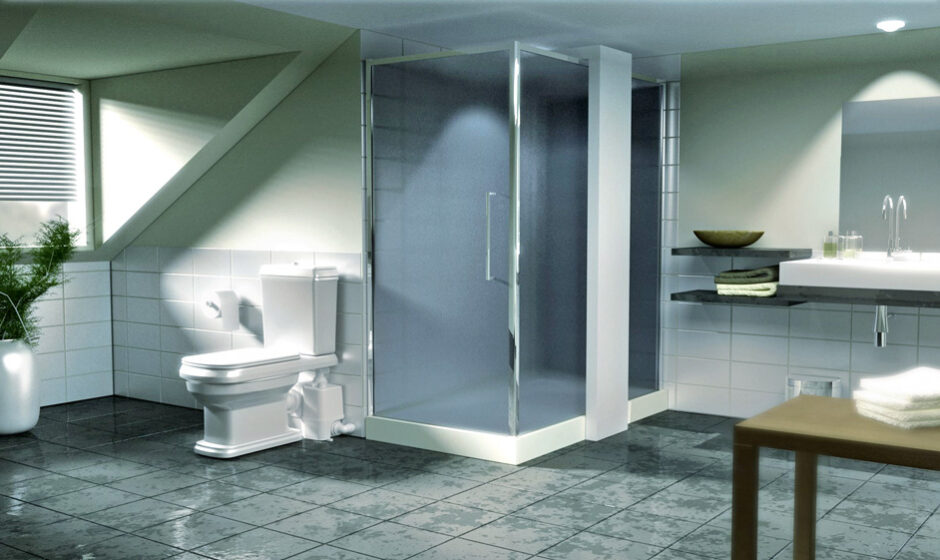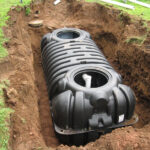Many homeowners would like to install a sauna with a shower, bathroom, toilet, or laundry room in the basement. However, everything is complicated by the fact that a conventional sewage system cannot be installed in them. For such premises, forced drainage installations are required.
The classic sewage system is gravity. Liquid sewage waste moves through pipes under the influence of gravity, so sewer pipes are laid at a slight slope towards the septic tank or street sewer (for example, the slope for pipes with a diameter of 110 mm is 2-3 cm per linear meter of pipe). Therefore, if you design a bathroom with a gravity sewer in the basement, you may have to deepen the sewer pipe, which will lead to a significant increase in the cost of the project (imagine that the pipe is laid at a depth of not 1.5, but 3 m, plus the same amount the depth of the remaining elements of the system increases).
Forced sewerage installations will help get rid of wastewater, even if the bathroom is located several meters below the septic tank or street sewer.
Forced sewerage pumping units help solve the problem. They are compact pumping stations specially designed to remove wastewater from a bathroom, kitchen, or toilet (up to a distance of 100 m and a height of up to 11 m).

Such installations are selected depending on the required performance and type of wastewater. There are models designed for both gray drains (kitchen and bathroom) and black (toilet), for room temperature and hot drains. Also, some models are structurally designed to facilitate their installation in the bathroom. For example, the Sanipro (SFA) model is easily installed behind the toilet, and the low (145 mm high) Sanidouche model fits perfectly under the shower tray. There are options for pumping units for installation in walls, pumping units that are fully integrated into toilets, and even models for pumping condensate from air conditioners.
For simplicity, manufacturers usually indicate which models are intended for which types of drains. The cost of stations, depends on productivity.
Example of placement of sewer installation SOLOLIFT2 C-3

Compact dimensions, a check valve in the discharge pipe, a ventilation valve with a carbon filter (no additional filters are required) – all this greatly simplifies installation and service work
What pipes are needed?
In addition to the pumping unit, you will also need special sewer pipes (diameter from 22 to 50 mm) that can withstand low (0.5–1.5 atm) water pressure (pressure).
They are produced by Geberit, Uponor, and some other manufacturers. Conventional (cast iron and plastic) pipes for pressure sewer lines are not recommended.
Examples of matching pumping unit models to the type of wastewater
| Model | Sanipro | Sanivite | Sanidouche | HiDrainlift 3-24 | Sololift2 C-3 | Sololift2 WC-3 |
| Brand | SFA | SFA | SFA | Wilo | Grundfos | Grundfos |
| Small water intake points (shower, washbasin) | + | + | + | + | + | + |
| Large water intake points (kitchen, bathroom) | — | + | — | + | + | — |
| Toilet | — | + | + | + | + |
Read more: Septic tanks for a summer residence: which one is better?



